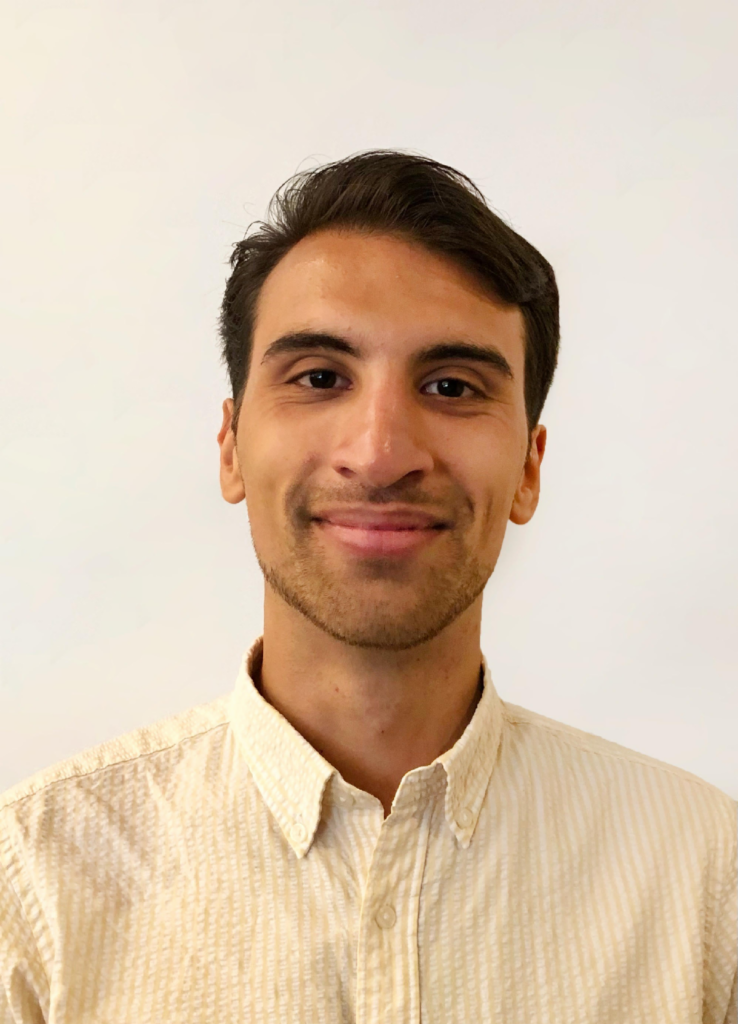SACRPH is a one-of-a-kind community that brings together scholars and practitioners. We are excited to showcase our members’ work and what SACRPH means to them.

Daniel Borrero,
Head of Programs and Operations, The Skyscraper Museum
What are you currently working on?
I am currently working on a new exhibition for The Skyscraper Museum that explores the hidden history of concrete in high-rise buildings across the globe called In Situ: The Modern Concrete Skyscraper. It reveals how advancements in tall-building concrete technology have often been overlooked. While steel construction is essential to the history of skyscrapers, concrete structure developed concurrently and allowed these buildings to grow taller, change in form, and demand higher profits. The exhibition pinpoints the significant advancement in concrete technology and highlight stand-out buildings that deserve more attention. Cases in the gallery explore themes related to such buildings as Ingalls, Australia Square, Pirelli Tower, and more.
I am also working on editing a chapter of my MFA thesis for publication. My thesis, “The Fight for a Borough: The Cross-Bronx Expressway, its Construction and Revolt,” explored the nascent highway revolt against one of Robert Moses’ most prolific projects. Led by Lillian Edelstein, a leader reminiscent of Janes Jacobs, and a working class community in the Bronx, the highway revolt failed but is an important early example of community activism that is overlooked in literature. It had limited immediate impact, but informed later, successful highway revolts. These revolts, such as Jacobs’ opposition to the Lower Manhattan Expressway (LOMEX) and the resistance to the Vieux Carré Riverfront Expressway in New Orleans, have been applauded for saving cities, but must be understood within the context of the failure in the Bronx.
What excites you most about your field right now?
I think what most excites me about architectural history right now is that people all over the globe, in all different fields and of all different ages, are recognizing how essential cities are to human life and society. Due to this recognition, it is more important than ever to sustain and further explore the history of urban form to inform positive change in our cities today.
Why did you join SACRPH?
I joined SACRPH after my introduction to the organization by the founder & director of The Skyscraper Museum, where I currently work as the Head of Programs & Operations. SACRPH’s goal to bridge the gap between the scholarly study of cities and the practice of urban planning is exactly the kind of work I have been doing my whole life. At RISE, the Rockaway Initiative for Sustainability and Equity, I worked with high school students to reveal the history of the Rockaways in Queens, and we partnered with NYC governmental agencies to bring new open spaces for residents, which the students helped create. At The Skyscraper Museum, our exhibitions and programs inform academics and the general public on exciting histories and architectural developments around the world, all in the service to inspire continued advances in these fields. Being part of SACRPH helps me stay up-to-date on all the cutting edge advances and new histories that help create healthy, livable, and equitable cities today.

